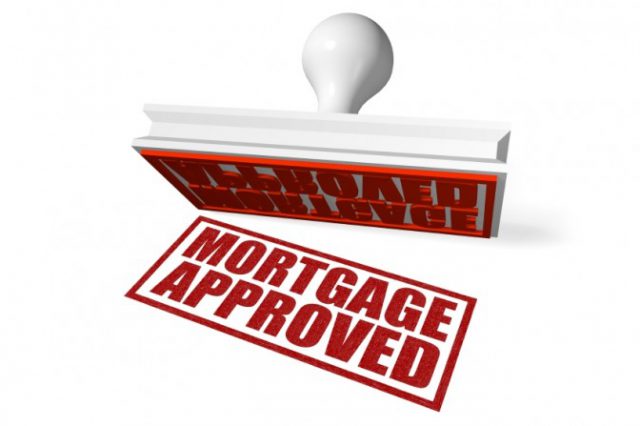A stylish property is unlikely to stay empty for long, and there will be more demand from potential tenants looking to rent.
However, with all the costs involved with furnishing a property, it’s not always financially viable to decorate with all the latest trends and most expensive furniture.
That said, it is possible to transform a home into a stylish space using cheap but durable furniture, and simply rearranging the furniture and making the best use of the space, and it doesn’t have to cost much at all.
Install good lighting
Tenants appreciate a house with a lot of light. Bright and airy properties let quickly, especially in the main living room and kitchen. Avoid fluorescent lighting as it can tire the eyes and make the room look off-colour.
Cheap but durable
If the property hasn’t yet been furnished, don’t try to spend a huge amount. With one trip to IKEA, you can furnish a house with durable pieces for a reasonable price. For example, if your tenants are students, their rooms will need a desk and chair to do their assignments on. Most people need bedside tables and a chest of drawers as well.
Combine function and style

How to Make a Stylish Living Space on a Budget
Combine function and style by using an attractive piece of furniture as storage to free up space in the house for your tenants. Having less clutter around will make the room more spacious.
Place a chest of drawers against the wall to store items and hide clutter. Your tenants can use it as a display for photographs, candles or jewellery. You don’t have to spend much, and you will have an attractive piece of furniture that will keep the property neat and organized. If you have a staircase, you could insert some subtle pull-out shelves underneath it too.
Rearrange the furniture
You don’t necessarily need to spend money to create a stylish living space. If the property is already furnished, simply changing how the space is used can result in a completely different house.
For example, move your desk to the window – the better lighting and views outside might help your tenants focus on work. Moving the sofa to face the fire place will help them relax after a long day at work.
Try not to get personal
Try to avoid letting your personal taste dictate how you decorate the house. Everyone is different so try to stick to standard decorating.
Painting is one of the cheapest and easiest methods for transforming your living space, and a fresh coat of paint can do wonders for the interior, giving it a fresh look.
Keep in mind that painting your rooms with lighter colours will make the room seem more airy and spacious, whereas darker colours make it cosy but more cramped.
Take the time to really consider what you want the property to look and feel like, and then you can decide how to spend your money and achieve it.
Make sure the property is ready for viewings
When people come to view the property, make sure it is presentable and looks like a house people would want to live in. Details like cushions and throws on the sofa, sheets and pillows on the bed will make the house more appealing and homely to potential tenants. If the property is unfurnished, make sure it gets a lot of natural light so it feels bright and fresh.
Keep all your receipts
Keep receipts for every purchase you make, no matter how cheap. Everything spent on redecorating can be offset against your tax bill.
Turning a property into a stylish space doesn’t need to be a hugely expensive project. Taking the time to install good lighting, rearrange the furniture, and add a fresh coat of paint are just a few of the ways to give the house a makeover on a budget. As long as you are patient and make sure each change you make to the house is long-term and exactly what you want, the house will look fantastic in no time and tenants will be lining up to rent it.
About the Author
Compare My Move will help you find removal companies in your area. We have trusted, verified partners across the UK ready to help with your home, office and international moves. When we engage with our customers, we maintain a hands-on approach to ensure they receive a service tailored to their individual needs






